CADMUSS – Collision Avoidance Domain-Method Used by Ships and aShore
CADMUSS – Collision Avoidance Domain-Method Used by Ships and aShore
Project background
The overall objective of the international CADMUSS project between Poland and Germany is to generate models for calculating the technical minimum safety distance of ships. In addition, the personal safety distance of the ship’s command is to be determined depending on the weather conditions and the type of ship. These two safety distances are to be integrated in the form of a demonstrator both in on-board operation, but also on land-based VTS and in web applications. As an additional challenge, not only a 2D but also a 3D safety zone will be investigated. While the 2D safety zone represents a bird’s eye view, the 3D part will include the depth profile and the underwater hull.

A special application besides the traffic centers is the insurance industry. Using the method developed here, it becomes possible to analytically evaluate the behavior of vessels in the past. Shipowners who train their crews sufficiently well and thus reduce the frequency of risky maneuvers will gain an advantage.
Initial situation
There are several thousand maritime accidents per year. Also, more than 100 ships are lost every year. The causes for this can be manifold. Often, several factors contribute to the incident. However, especially in the case of shipping accidents involving personal injury, an official investigation is initiated to determine the background.
Maritime Incidents and Accidents
Motivation for CADMUSS
In contrast, near accidents are hardly noticed. Especially in international waters, where the authorities have no right to intervene, several hundred critical situations occur worldwide every day. However, since these are not recorded, they cannot be evaluated accordingly.
As part of an extensive study, the behaviour of ships in the Kadet Trench (between Germany and Denmark) was investigated. There are more than 60,000 ship movements per year in this trench, of which more than 45,000 follow the traffic stream. As an example, here are a conspicuous ship trajectories that could have posed a potential risk.
This is a 248 m long crude oil tanker, which operates between Primorsk (the largest oil port in the world) and Western Europe. Three passages are shown here. Two to the south (blue | North Sea) and one to the north (red | Primorsk).

Development of the 2D Ship Domain Concept
The safety area of the ship has outer and inner limits. The outer boundary refers to the comfort zone of the ship’s command where it intends to initiate an evasive manoeuvre. This part is worked out by the Polish project partners. The inner boundary limits the area needed by the ship to perform evasive manoeuvres, obtained in the course of a series of simulated ship-ship encounters with the use of ship movements. The shape of the inner boundary is influenced by the hydrodynamics of the ship and the weather conditions. HSW is the responsible partner for this component.

Post-mortem Close Range Detection
More than 150 billion position messages from 2020 FleetMon are used for the project. From these messages, a position is approximated every minute for each maritime object participating in the AIS. This is achieved by mathematical methods such as parametrically modeled curves (e.g. Bézier curves). For each full minute, positions are now available together with the required additional parameters. For each object now a cross reference is generated for all objects in the surrounding area. The selection of the scope or shape of the environment is determined by the scientific partners. Likewise how this data is used, in order to apply the developed theories to the data. Subsequently, it will be decided how high the data density has to be at least in order to be applied meaningfully in the demonstrator.
Development of the 3D Ship Domain Concept
The developed concept of the 2D area is complemented with the third dimension, i.e. the underwater hull. For this purpose the vertical movements of the ship are taken into account, using an advanced method for the calculation of hydrodynamics (CFD). The inclusion of the third dimension in the safety consideration of the ship allows a better evaluation of the maneuvering strategies. Here in particular in narrow and draft-limited fairways. For this purpose, the depth profile of the sea is then taken into account during rolling and pitching during the voyage.

Close-range risk assessment module
The goal at the end of the project is a fully web-based module. This demonstrator will combine the results of the Polish but especially the German partners. The final result will be the Close-range risk assessment module (CRRAM) demonstrator. With this module, it will be possible to examine all AIS-A-Class ships for at least 1 year in the past in 15 minute intervals. Thereby it is possible to display all processes like “draft change”. There is also an evaluation with all encounter traffic.

Vessel traffic simulation experimental system
IN, a company specializing in simulation and vessel traffic services systems, is involved in the project. Together with HSW, IN will set up an experimental system. The goal is to transfer the developed methods to the use cases in traffic centers. For this aim, the existing simulation system will be extended.

VTSS | MSCW
Vessel Traffic Service Simulator | Maritime Simulation Centre Warnemünde












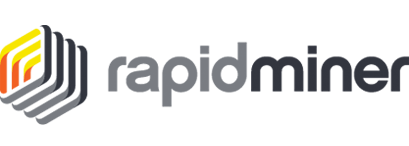
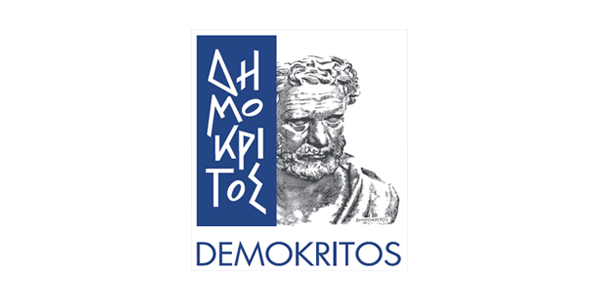









.png)










.png)

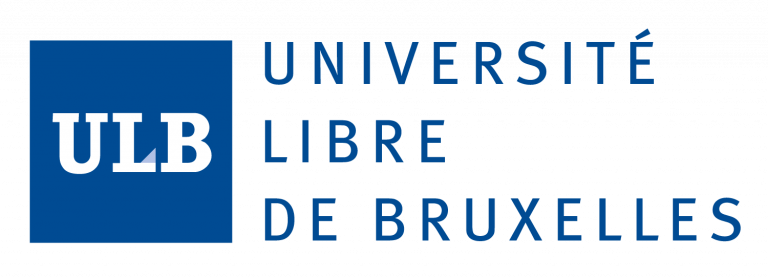

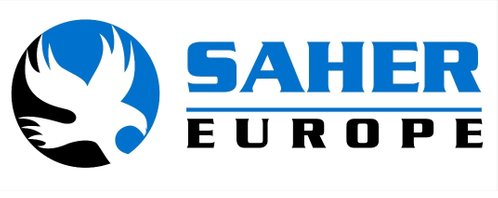





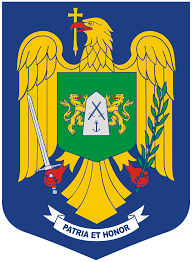
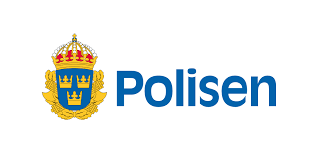














Previous
Next
LEAS – shore-side decision support for traffic situations with highly automated or autonomous vessels using AI.
OPS Master Plan for Spanish Ports
PERIVALLON
Require AIS data for your project?
Please reach out to us to discuss which Kpler offering will support your research project or academic study in the best possible and efficient way.




